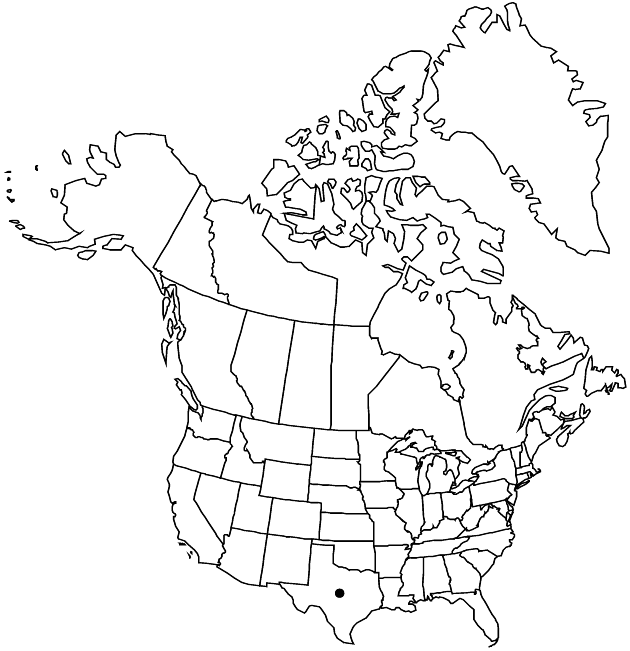Erigeron vicinus
Phytologia 69: 256. 1990.
Perennials, 10–30 cm; rhizomatous, fibrous-rooted, caudices with rhizomelike, relatively slender, lignescent, basal offsets 1–7 cm. Stems ascending (branched at or below midstems), pilose on proximal 1/3 (hairs spreading-deflexed), loosely strigose distally, eglandular. Leaves basal (usually persistent) and cauline; basal blades lanceolate to oblanceolate or narrowly obovate, 10–30 × 3–10 mm, cauline little reduced distally, margins entire or with 1–2 pairs of teeth, loosely strigose (hairs ascending), eglandular. Heads 1 (–2) (branches from or proximal to midstem). Involucres 4–5 × 7–10 mm. Phyllaries in 2–3 series, sparsely hirsute, sparsely minutely glandular. Ray-florets 60–95; corollas white, with lilac abaxial midstripe, 7–10 mm, laminae not coiling or reflexing. Disc corollas 1.8–2.2 mm (throats slightly indurate or inflated). Cypselae 0.6–0.8 mm, 2-nerved, faces sparsely strigose; pappi: outer of scales, inner of 8–11 bristles.
Phenology: Flowering Jun–Aug.
Habitat: Rocky slopes and canyons, crevices
Elevation: 1600–2500 m
Distribution

Tex., Mexico (Coahuila)
Discussion
Of conservation concern.
In Texas, Erigeron vicinus grows in the Davis Mountains, Jeff Davis County. In its fibrous-rooted habit and perennial duration, finely strigose distal stems, and simple or branched stems with heads on relatively long peduncles, E. vicinus is similar to E. pubescens Kunth, a species occurring throughout much of the northern half of Mexico but apparently not reaching the United States, and to forms of E. modestus (especially with respect to the stems reddish and pilose at bases). Erigeron vicinus was originally described from the Sierra Madera del Carmen of Coahuila, where it was thought to be endemic.
Selected References
None.